I love asking questions. I usually enjoy answering questions, too, especially when they come from kids and other people who are just curious and really want to learn and understand. Of course, a lot of times, I don’t know the answers, but that just means it’s the perfect time for me to learn as well. I hear a lot of questions almost every day with my work in creation science – some from people who really want to learn, some come from people who are just angry and hurt. Recently someone asked a question that went something like this “If the earth is only thousands of years old, how did dinosaur bones turn into coal and oil?” After reading this question, I realized that a lot of people really don’t know what coal and oil are made of and how they are formed. In this article, we will talk about coal, and next time, we will talk about oil and natural gas.
First, let’s do some “myth busting”. Here are three common myths about coal:
- Fossil fuels – coal, oil, and natural gas – come from dinosaur bones
- It takes long periods of time (millions of years) to make coal
- Diamonds are made of pressurized coal (learn about the origin of diamonds here)
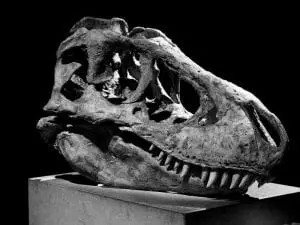
Without a doubt, coal is made of plant material – not dinosaurs. If you look through coal deposits, you will find lots of plant fossils. Where in the world did people come up with the idea that coal came from dinosaurs? Maybe because people automatically think “dinosaurs” any time they hear the word, “fossil”. But, there is so much more to fossils than just dinosaurs! Coal can be found in many different layers, or coal seems, around the world. It can be found in layers below the rocks that contain dinosaur bones, in rock layers alongside dinosaurs, and in layers above them. The most popular rock unit to find coal in is the carboniferous group, made up of the Mississippian and Pennsylvanian units (more about rock units and the order of the rock layers here).
Coalification is a type of fossilization. In traditional fossilization, minerals replace bone, turning it into stone. Turning plant material into coal is similar. The basic ingredients to make coal are: 1) plant material, 2) heat, and 3) pressure. Scientists have also found that chemicals in clay found with coal actually speeds up the process. Many people would tell you that coal forms slowly over long periods of time, as plant material in a swamp slowly gets covered by mud when the ocean rises to cover the swamp. However, there are a number of problems with this model. First, we don’t see anything like this happening today. The peat (mushed plant material) that makes up coal in the fossil record looks different than peat does in swamps today. Today, we can observe that peat in modern-day swamps looks different from peat that was made by catastrophic transport, like in a modern hurricane. The grain sizes and the way debris is spread around in fossil coal matches catastrophic transport peat much better than swamp peat. If coal layers really did form slowly in a swamp, there would have to be other swamps on top of the first layers to create the next ones. But, tree roots from the swamps above would mess up the layer of coal below it.
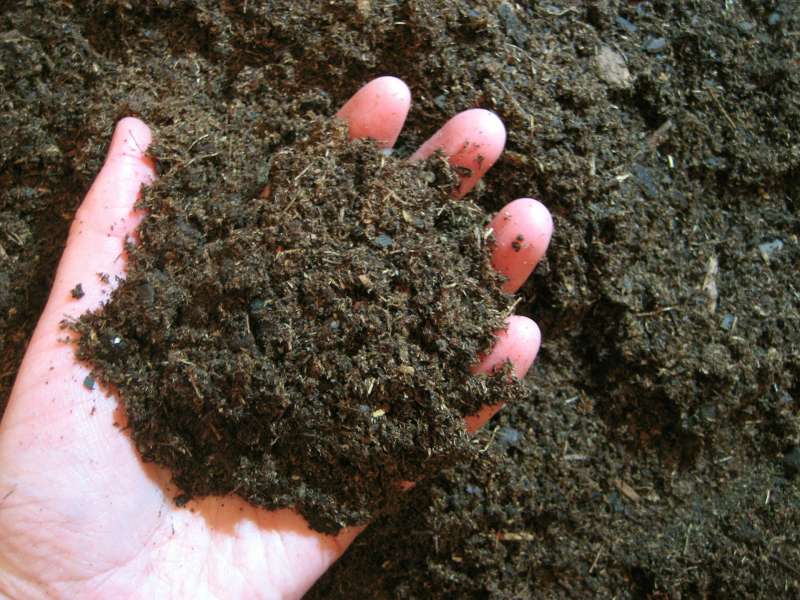
The global flood, mentioned in the Bible, offers a much better model for coal formation than the ancient swamp explanation and actually fits better with what we see happening today. In this model, the violent flood waters would have gathered many different types of plants, turning them into peat. We see lots of different plant fossils in coal – including plants that don’t live in swamps. The peat would be deposited between layers of mud, where it would get the right amounts of heat and pressure, thanks to the mud layers on top of it and other flood factors. This flood model for coal is a “catastrophic transport” model, in which the plant material was transported away from where the plants grew and buried quickly.
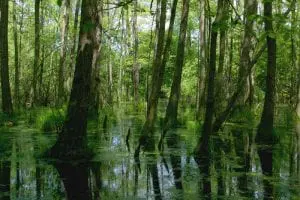
There have been other “catastrophic transport” models like this for coal formation in the past. These “catastrophic transport” models are not very popular because many people think that the plant material grew and coalified in the same place. They point to evidence of “fossilized forests” – we do find upright fossil trees going through coal layers with roots in “ancient soil” buried underneath coal layers. But, a closer look at this fossil evidence shows more support to the idea of catastrophic transport – that the plant material was transported away from where it grew before it turned to coal. The roots of some of these fossil trees (lycopods) are hollow and broken. The rock inside these roots is made of different chemicals from the rock around the roots – if these tree roots grew in this soil, we would expect basically the same type of dirt inside and outside the roots.
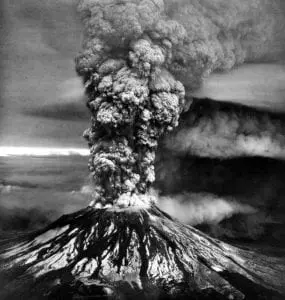
Also, trees don’t stay upright and unfossilized for thousands of years while they wait to get covered with the next layer of rock – they would break off long before then! We have seen broken trees standing upright underwater at Spirit Lake next to Mount Saint Helens. Catastrophic, quick transport & burial better matches the evidence. Some people say that it would take longer than the few thousand years before the flood to grow all the vegetation on earth to make as much coal as we find. But, they are just guessing that the climate and growth rates we see today on earth have been the same in the past. The world before the flood was much more lush and tropical. With one big landmass – a super-continent instead of smaller broken continents like we have today – there may have been a lot more area for growth.
It doesn’t take millions of years to form coal – just the right conditions. Coal has been made in labs many times, taking days or weeks. Making coal (or any fossil) is all about conditions. Different conditions make slightly different types of coal. Coal starts out as peat, and the hotter the temperature, the “better” the coal. Made at the lowest coal-forming temperatures, lignite (spelled with an “L”) is the least pure type of coal, containing 60-70% carbon. Next in line is the common bituminous coal. The best type of coal for burning is anthracite that contains 92-98% carbon, formed at the highest coal-forming temperatures. If it gets too hot, the coal will turn into graphite, like a common pencil “lead”.
Hopefully, you now have a better understanding of what coal is and how it was made. Next time, we will explore how oil and natural gas are formed. Realizing that the global flood formed coal and other fossil fuels puts things into perspective. Think about it – coal has been an extremely important part of history. It has helped provide necessary warmth for countless people over the years. Yet, it was formed by a disastrous global flood that destroyed almost everything on the earth. The flood was part of God’s righteous judgment – a good judge doesn’t let criminals go without just punishment. But, through the judgement and destruction, we can also see the amazing signs of His mercy and grace. He took destruction and turned it into something useful, beautiful, and even life saving – He used the flood to make coal
To console those who mourn in Zion, to give them beauty for ashes, the oil of joy for mourning, the garment of praise for the spirit of heaviness; That they may be called trees of righteousness, the planting of the Lord, that He may be glorified ~ Isaiah 61:3
References:
- Marshark, Stephen. Earth: Portrait of a Planet. , Third Edition. 2008. Section 14.7. Coal: Energy from the Swamps of the Past. Pg 500-509. W. W. Norton & Company, Inc.
- Snelling, Andrew. Earth’s Catastrophic Past: Geology, Creation, & The Flood. Volume 2. Chapters 70, 71,85, 119, 120. Pages 549-68,584-86, 675-81, 953-63. 2009. Third printing, October 2014. Answers in Genesis. Master Books. New Leaf Publishing Group. Green Forest, Arkansas, USA.
- Morris, John. 2011. On the Origin of Coal. Acts & Facts. 40 (6): 18. Institute for Creation Research. Last accessed 10-6-2017. http://www.icr.org/article/6093
- Morris, John. 2003. Did Modern Coal Seams Form in a Peat Swamp? Acts & Facts. 32 (8). Institute for Creation Research. Last accessed 10-6-2017. http://www.icr.org/article/did-modern-coal-seams-form-peat-swamp
- Morris, Henry M. Those Fossil Fuels. Evidence for Creation. Institute for Creation Research. Last accessed 10-6-2017. http://www.icr.org/article/those-fossil-fuels
- Schönknecht, Gerhard. Too much coal for a young earth? Journal of Creation 11(3):278–282. December 1997. Creation Ministries International. Last accessed 10-6-2017. https://creation.com/too-much-coal-for-a-young-earth
- King, Hobart. Coal:What Is Coal and How Does It Form? Sedimentary Rocks. Rocks. Geology.com. Last accessed 10-6-2017. http://geology.com/rocks/coal.shtml

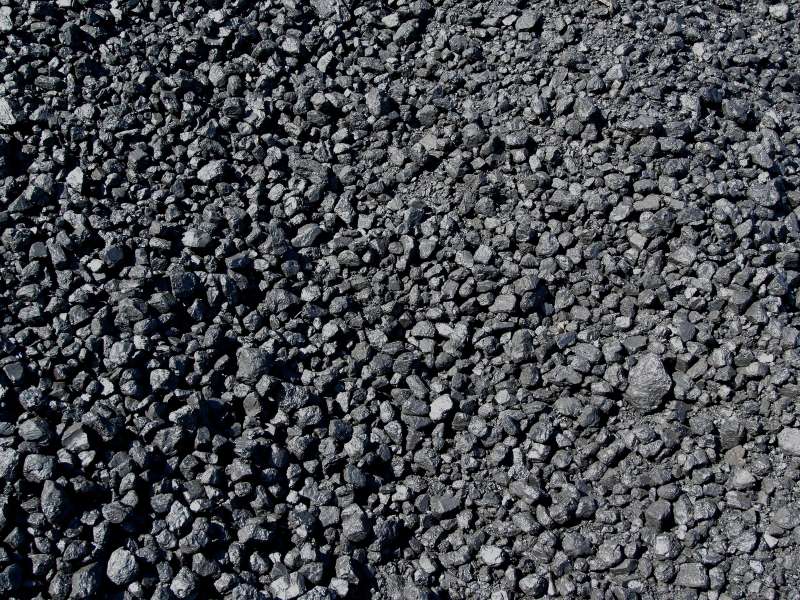

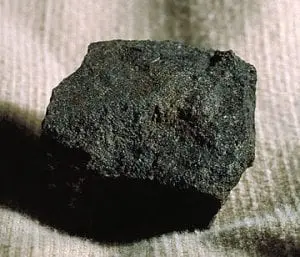
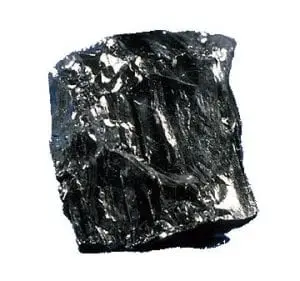



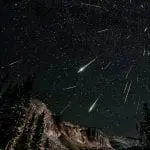

Thank you for teaching people the truth. I really believe we need to teach our children these things do they can be property informed and really learn.
Thank you for the encouraging words, Lisa!
Thank you for what you are doing. Children should be taught the truth.